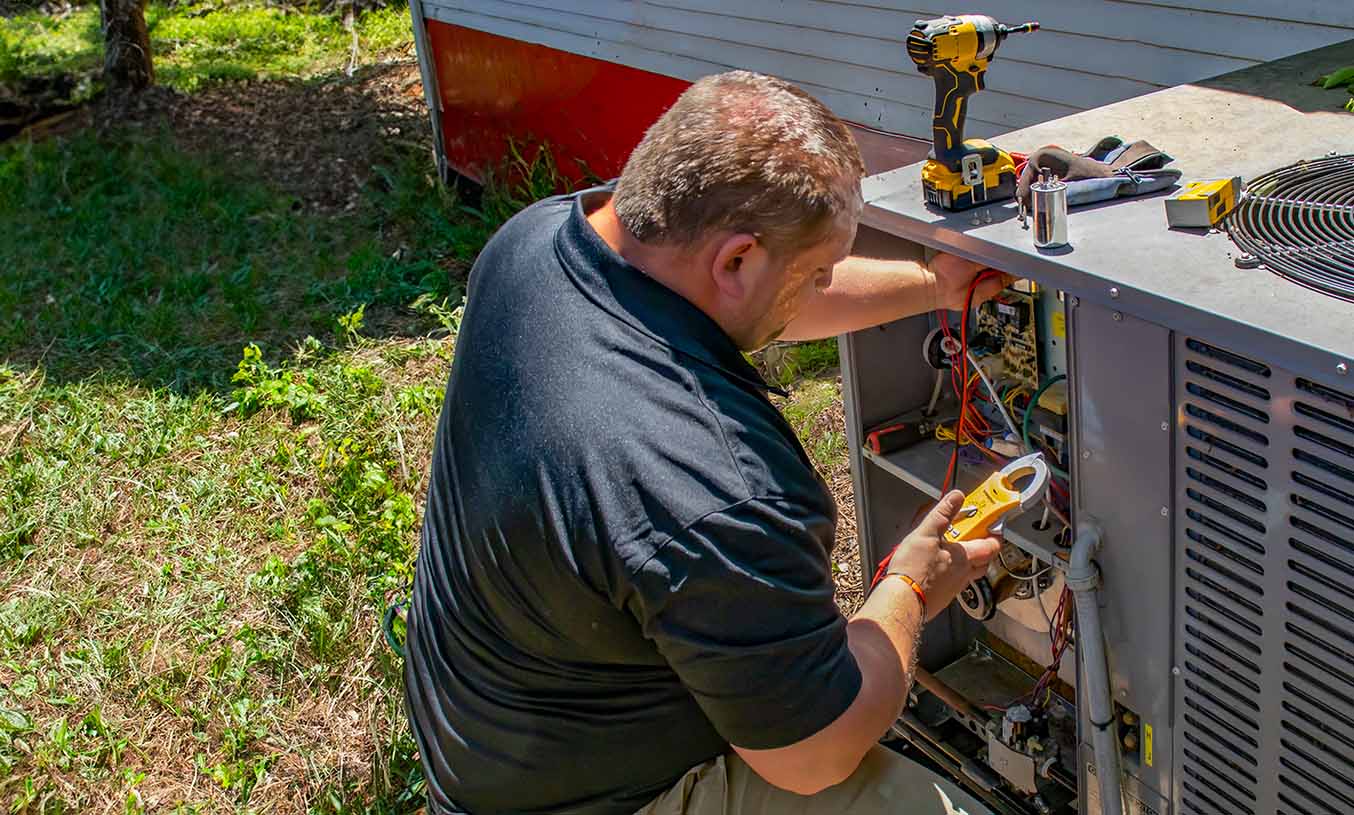- HEP
- Energy-efficient Technology

 Energy-efficient Technology
Energy-efficient Technology
Energy-efficient Technology | Air Conditioning | Heating and Air Conditioning | Charleston
Charleston’s salty breezes may feel wonderful on the battery, but indoors the humidity can rise faster than the tide. HEP’s energy-efficient technology keeps your home cool without shocking the power bill, pairing precision engineering with smart thermostats and variable-speed compressors that sip electricity while banishing sticky heat. From historic downtown homes to coastal new builds, our certified technicians design and install air conditioning solutions that honor both your comfort and the Lowcountry’s delicate environment.
When you call HEP, you get punctual service, transparent pricing, and a commitment to do the job right the first time. We recycle old refrigerants responsibly, offer maintenance plans that extend system life, and back every installation with a satisfaction guarantee—because comfort shouldn’t come at the planet’s expense. Enjoy whisper-quiet operation, lower monthly costs, and peace of mind knowing your Charleston home is cooled by the most sustainable technology on the market.
FAQs
What makes an HVAC system “energy-efficient,” and why is that important in Charleston?
An energy-efficient system is engineered to deliver the same or better comfort while consuming less electricity. Key components include high Seasonal Energy Efficiency Ratio 2 (SEER2) ratings, variable-speed compressors and blowers, smart thermostats, and advanced refrigerants. Charleston’s long, hot, and humid summers mean air conditioners run for extended periods; the less electricity the system draws per cooling hour, the lower your utility bills and the smaller your carbon footprint. Because local power costs rise sharply during peak demand, efficient equipment can reduce operating costs by 20–40% compared with older 10–13 SEER units.
How much can I expect to save on my utility bills by upgrading to an energy-efficient air conditioner?
Savings depend on the efficiency of your current unit, the SEER2 rating of the new system, and how you use it. Replacing a 10-year-old 12-SEER AC with a modern 18-SEER2 model typically trims electricity use by about 30%. For an average 2,000-sq-ft Charleston home that spends roughly $150 per month on summer cooling, that’s about $45 in monthly savings, or $540 per year. If you choose a top-tier 22-SEER2 inverter-driven system, annual savings can exceed $700. Pairing the upgrade with weatherization measures (sealing ducts, adding insulation) can boost total savings even further.
Are there specific HVAC features suited to Charleston’s humid subtropical climate?
Yes. Besides high SEER2 efficiency, look for: • Variable-speed or inverter compressors that run longer, lower-speed cycles—this improves dehumidification without over-cooling. • Dedicated moisture-control modes or integrated whole-home dehumidifiers to maintain indoor relative humidity below 55%. • Corrosion-resistant coils and cabinets to withstand coastal salt air. • Smart thermostats with humidity sensors to automatically balance temperature and moisture. • High-MERV filters or UV lights to limit mold growth encouraged by humidity.
Do energy-efficient HVAC installations qualify for rebates or tax incentives in South Carolina?
Yes. Under the 2023–2032 federal Inflation Reduction Act, homeowners can claim a 30% tax credit (up to $2,000) on qualifying high-efficiency heat pumps, central ACs, and advanced components. Dominion Energy and Santee Cooper frequently offer $200–$500 rebates for ENERGY STAR certified heat pumps or central ACs ≥15.2 SEER2. South Carolina’s Energy Office may also offer low-interest loans for efficiency upgrades. Incentive amounts and availability change, so we recommend checking current utility program pages or asking our Comfort Consultants to verify eligibility before purchase.
How do SEER2 and ENERGY STAR ratings influence my equipment choice?
SEER2 (Seasonal Energy Efficiency Ratio 2) is the updated federal metric that estimates cooling output per watt-hour under more realistic test conditions than the old SEER scale. The higher the SEER2, the less electricity the unit uses. In the Southeast region, the minimum legal efficiency for new central air conditioners is 14.3 SEER2. ENERGY STAR certification signals that the unit beats this minimum by at least 15% (15.2 SEER2 or higher). Choosing a system in the 18–22 SEER2 range strikes a good balance between upfront cost and long-term savings for most Charleston households, while units above 22 SEER2 are ideal for heavy users or homeowners planning to stay in place for 10+ years.
What maintenance is needed to keep an energy-efficient system operating at peak performance?
Efficient equipment relies on precise airflow and refrigerant charge, so regular maintenance is crucial. We recommend a semi-annual tune-up: • Spring—inspect refrigerant levels, clean condenser coil, verify SEER2 performance, check thermostat calibration, and clear the condensate drain to prevent mold and overflow. • Fall—inspect heat exchanger or reversing valve (for heat pumps), clean indoor coil, tighten electrical connections, and check airflow across the blower wheel and filter. Homeowners should also replace or clean filters every 30–60 days during peak cooling, keep outdoor units free of debris, and ensure supply and return vents remain unblocked. Proper upkeep preserves efficiency gains, prevents surprise breakdowns, and can extend equipment life by 3–5 years.